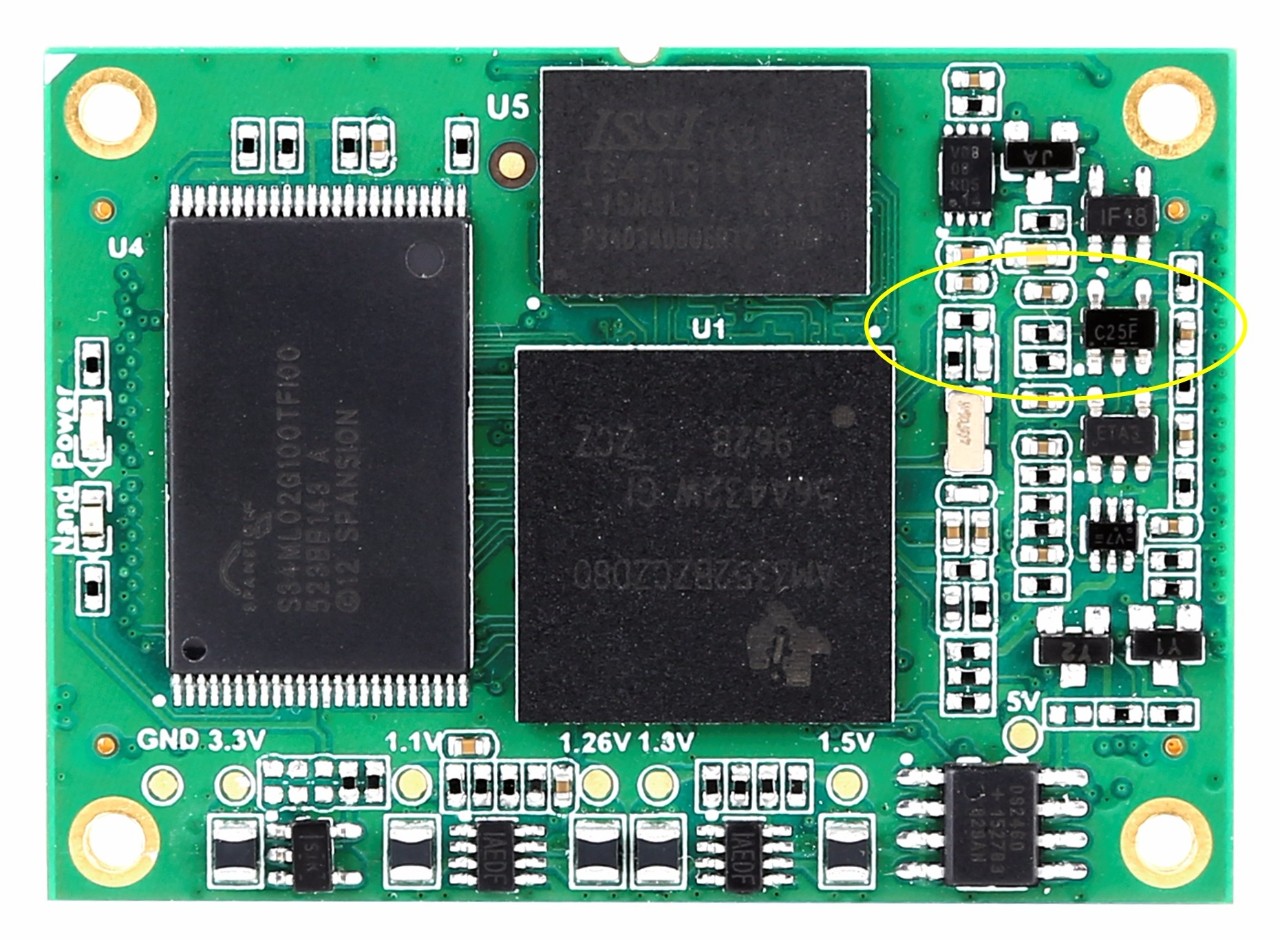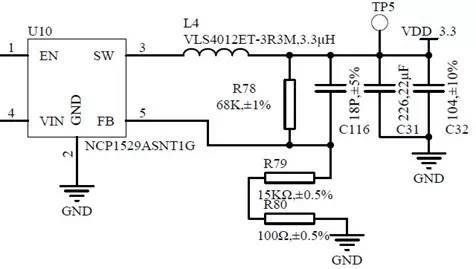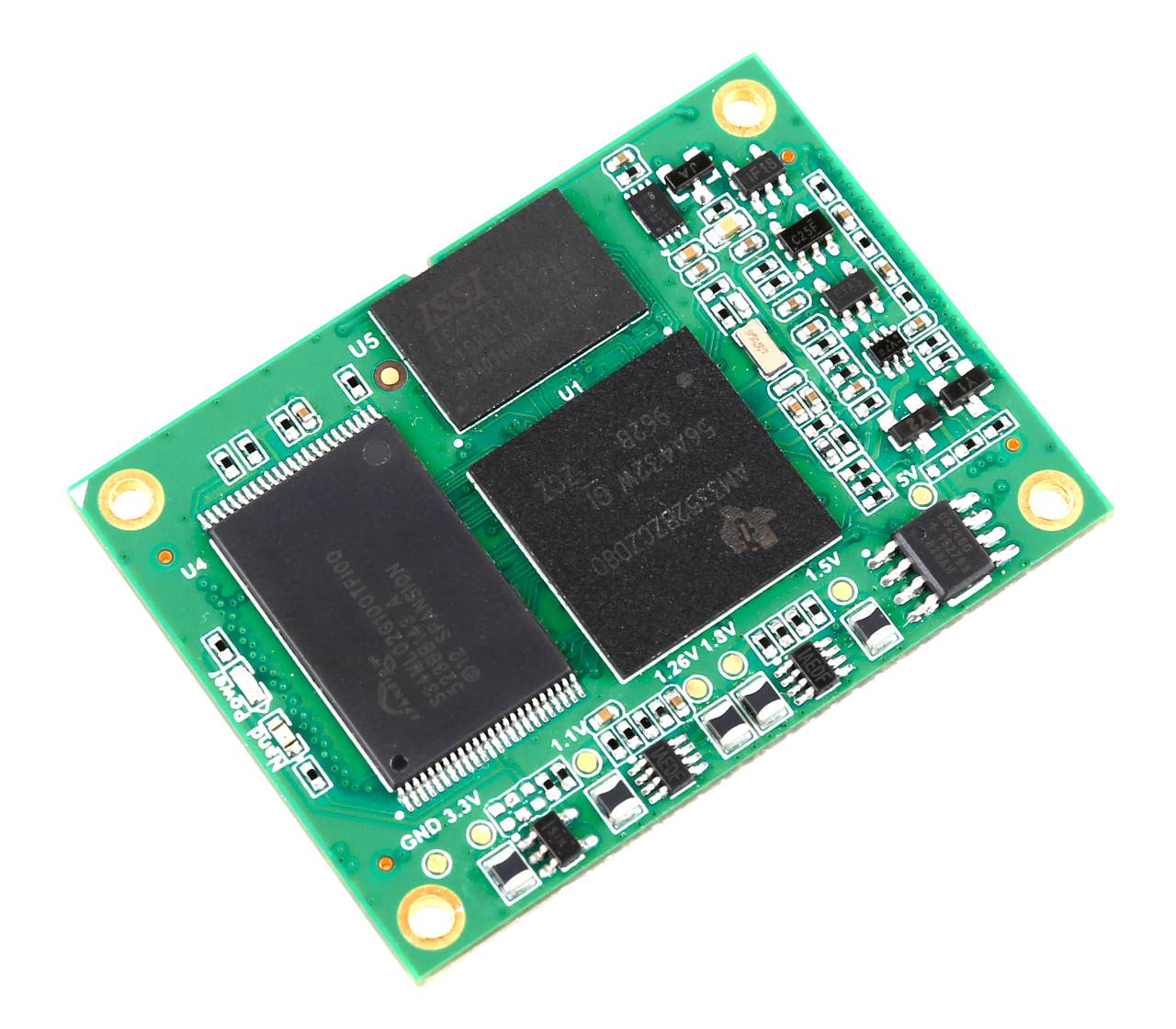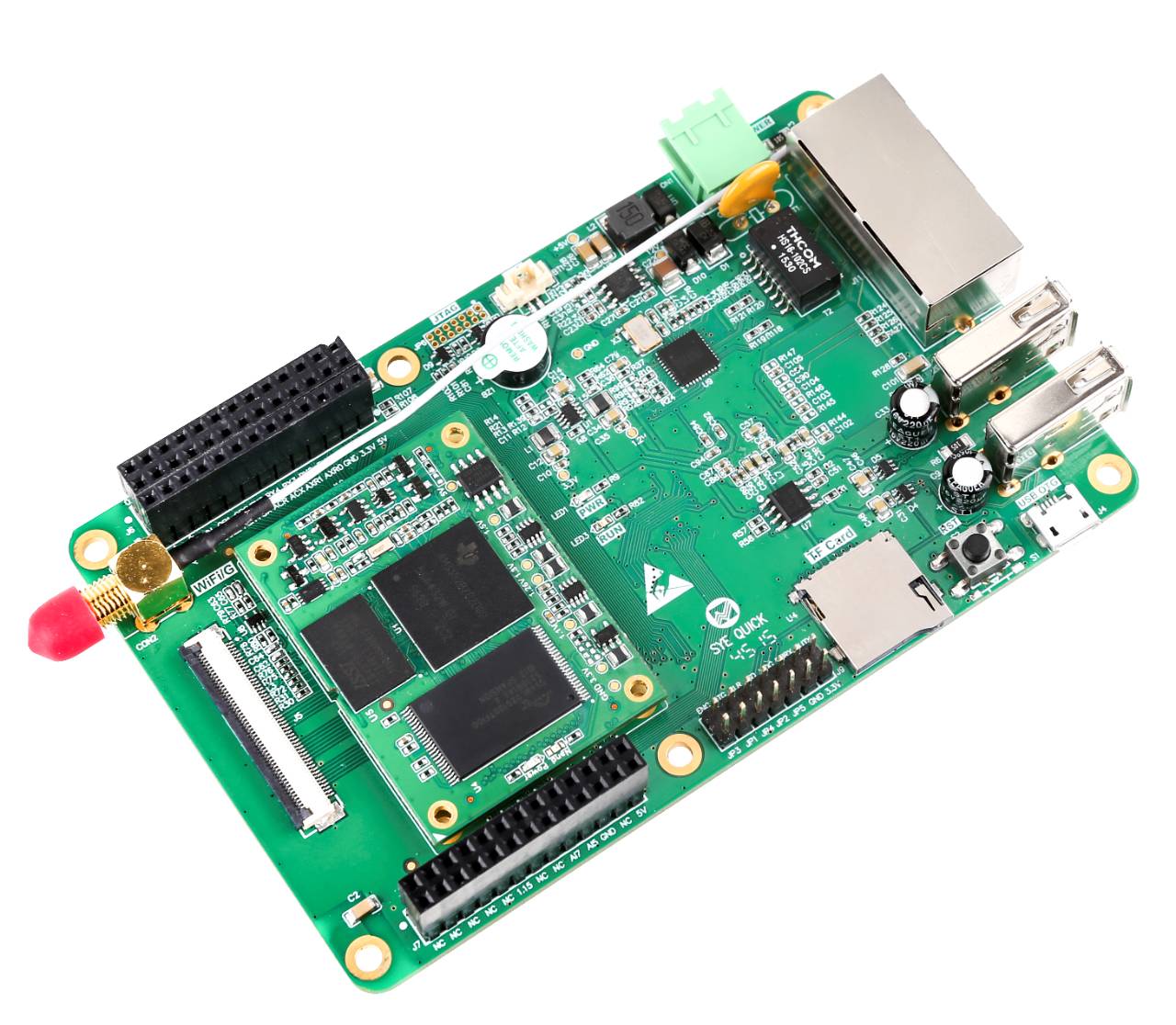When winter hits, the human body can generate static electricity as high as tens of thousands of volts. As the year comes to an end and projects reach their final stages, it's crucial to avoid touching live circuit boards directly with your hands—this could lead to serious damage to the motherboard.

It’s a well-known fact among electronics engineers that direct contact between human hands and circuit boards is dangerous. But why? Let’s explore this in detail.
**First, the dangers of static electricity**
In various environments, the electrostatic voltage carried by the human body can range from hundreds to tens of thousands of volts. When you touch electronic components, which are conductive, this can result in an electrostatic discharge (ESD). This discharge can damage sensitive components, reduce device reliability, or even cause complete failure, leading to product scrapping.
Moreover, ESD also emits radio waves at certain frequencies, which can interfere with nearby microprocessors, causing system malfunctions or unexpected behavior. This can significantly affect the normal operation of devices.

To prevent such issues, it’s essential to follow proper procedures during daily operations. This includes wearing anti-static wrist straps correctly and avoiding direct contact with electronic components, especially when they are powered on.
**Second, the impact of static electricity on the core board’s feedback circuit**
Take the M3352 industrial-grade core board (based on the Cortex-A8 architecture) as an example. It has passed industry-level electromagnetic compatibility (EMC) testing, including static electricity, surge, pulse group, and conducted disturbance tests.
In a powered-on state, if an engineer touches the yellow area shown in Figure 3, it may trigger a system restart. Why does this happen?

The yellow-circled area (R80, C116, R79, R78) in Figure 3 represents the negative feedback and compensation network for the 3.3V DC-DC power supply, as illustrated in Figure 4.

When a person touches this area, the introduction of interference through the human body’s resistance changes the characteristics of the feedback loop. This can shift the pole position, causing instability and oscillation in the DC-DC output voltage.
If the DC-DC output becomes unstable, the system might restart due to reduced voltage. In extreme cases, the main chip on the board could be damaged due to overvoltage.

**Third, how to prevent static electricity**
1. **Anti-static cordless wrist strap**

This device uses the corona discharge effect and tip discharge principle. When static charge accumulates, it discharges into the air, effectively eliminating static. It is convenient, mobile, and discharges within less than 0.5 seconds.
2. **Anti-static wrist strap**

This type of strap connects directly to the skin and grounds the static charge quickly. It discharges in under 0.1 seconds, making it highly effective.
3. **Anti-static PU-coated gloves**

These gloves help prevent static from being transferred to the board via hand contact. The conductive wires on the back of the gloves are spaced 10 mm apart for optimal protection.
**Fourth, static electricity protection measures for core boards**
Let’s take ZLG Zhiyuan Electronics’ M3352 industrial-grade core board as an example. The M3352 features a Cortex-A8 processor running at 800MHz, with dual CAN, dual Ethernet ports, six serial ports, and a wide operating temperature range (-40°C to +85°C).


This board is designed with both hardware and software protection against static electricity.
**Hardware Protection – Electromagnetic Compatibility Level 4**
- Electrostatic Discharge Immunity: ±15kV (air discharge), ±8kV (contact discharge)
- Electrical Fast Transient Pulse Group: 5kHz, 100kHz, 300ms (±20%)
- Surge Immunity: 2kV capacitive coupling via gas discharge tube, 1 time per minute
- Conducted Disturbance Immunity: 3V capacitive coupling via gas discharge tube, 150kHz–80MHz
**Software Protection – Dual System Architecture Design**
To prevent data loss due to static interference or sudden power failures, the M3352 core board includes a redundant backup system. If the main Flash storage encounters bad blocks, the backup system automatically takes over, ensuring continued stable operation of the device.
Dry Type Transformer,Dry Transformer,Medium Voltage Dry Type Transformers,Dry Type Distribution Transformer
Tianhong Electric Power Technology Co., Ltd , https://www.tianhongtransformer.com